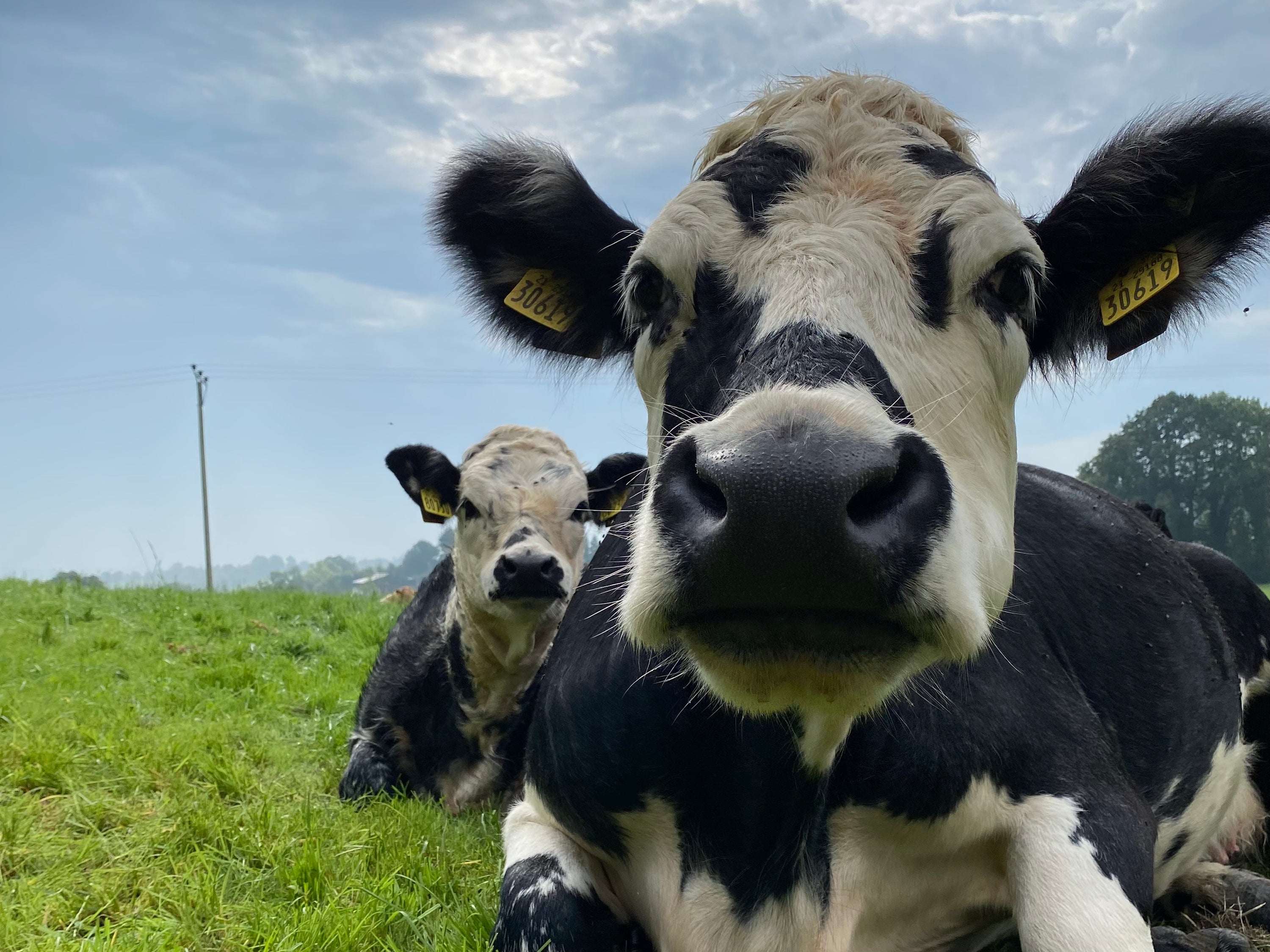Farm Management Tips for April
By Daniel Hession – Nutritionist & Technical Manager
Dairy
- Recent weather conditions have delayed turnout and put pressure on body condition due to reduced intakes of grass coming into peak milk yield. Make sure cows are receiving enough energy through correct supplementation levels.
- Ensure cows receive adequate mineral supplementation before breeding commences.
- Before breeding commences, review your records of issues at calving such as cows with retained placentas, milk fever, difficult calvings etc. Consider having these cows scanned to make sure everything is ok.
- Before you start to AI cows have a list of bulls picked out that will suit your herd. Select your best EBI cows to breed replacements from rather than breeding all cows to dairy in the first few weeks of breeding. Use the ICBF sire advice to select cows for dairy breeding, culling, and beef breeding.
- Check replacement heifers before breeding, weigh them to make sure they are at the correct weight for bulling (60% of mature weight), this is vital if using a synchronisation protocol. Put heifers on the best quality grass before and during breeding.
- It is vital to get nitrogen out to get grass growing for grazing and for silage.
Beef
- Start recording heats - if any cows are not cycling consider a pre-breeding scan.
- NCT your stock bull ahead of the start of the breeding season.
- If you have to purchase a stock bull buy him in good time. Purchase a bull that is suitable for your herd i.e., for producing finishing cattle or for replacement heifers. Ensure the bull receives all herd vaccinations etc.
- Dairy beef calves should be consuming >1kg of concentrate for three consecutive days before weaning commences. The weaning process should also be completed gradually over a seven to ten-day period, during which time calves should be monitored to ensure the transition to a solid feed diet is going well.
- Spread 30 units/acre of nitrogen if none has been applied to boost grass growth
- Check your SCEP requirements.
Sheep
- Where grass supply is restricted consider supplementing ewes to maintain milk yield. Where lambs are older than 5 weeks of age, it may make more sense to introduce creep feed to lambs.
- Nematodirus is the first worm that lambs will encounter – usually at 5 to 6 weeks of age in spring. White drenches (Benzidimidazoles) are the recommended treatment for Nematodirus infections.
- Spread nitrogen now to boost grass growth. Remember urea is cheaper than CAN on a per kg of nitrogen basis.
- Grassland management is simplified, and more grass is grown when the number of grazing groups is kept to a minimum. The aim is to have 5 permanent divisions per group.






